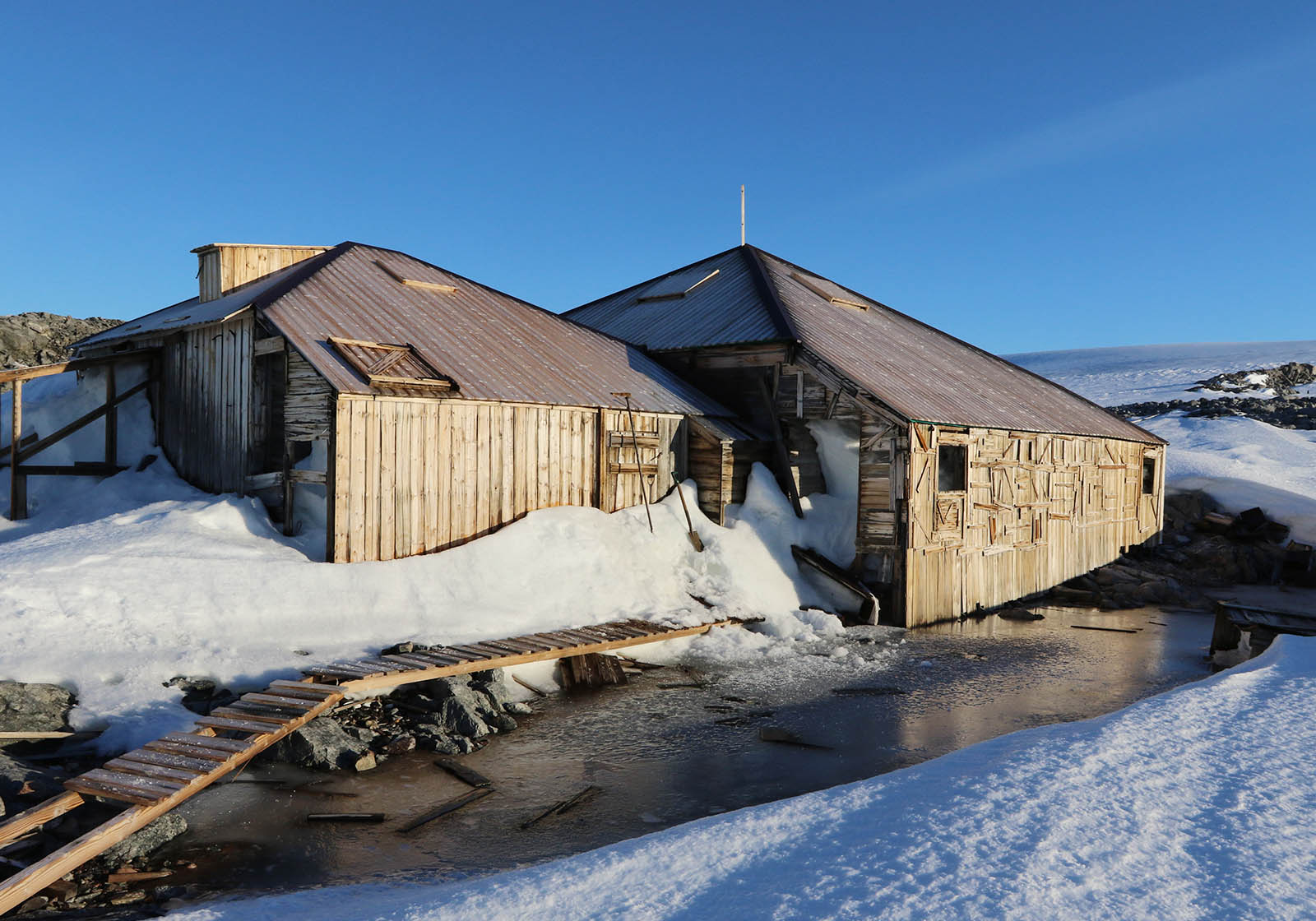French Navy lands Australian conservation team in Antarctica
Members of the Mawson’s Huts Foundation have been landed by helicopter from the French icebreaker L’Astrolabe at Cape Denison, a remote stretch of windswept coastline 2500km south of Hobart.
Continue reading
